Selection of inlet and outlet pipelines for gear pumps and their impact on gear pumps
2025-06-18 07:37:41
The selection of inlet and outlet pipelines for gear pumps directly affects the performance, efficiency, and service life of the pump. The following are key considerations and their impact on gear pumps:
1. Selection of pipeline diameter
Imported pipeline:
Requirement: The diameter should be ≥ the pump inlet diameter, usually 1-2 levels larger than the pump inlet to reduce flow resistance.
Impact: A diameter that is too small can increase fluid resistance, leading to cavitation and reducing flow rate and efficiency.
Cavitation can also damage the surface of gears and shorten the life of the pump.
Export pipeline:
Requirement: It can be equal to or slightly larger than the pump outlet diameter, but it needs to be adjusted according to the system back pressure.
Impact: A diameter that is too small can increase pressure loss, increase pump load, and may cause overheating or overpressure.
2. Pipeline material
Selection criteria: Compatible with fluid properties (corrosiveness, viscosity, temperature, etc.).
For example, stainless steel or plastic pipes are used for corrosive fluids; Metal pipes (carbon steel, stainless steel) are selected for high-temperature oil.
Impact: The material can cause pipeline corrosion, leakage, or contamination of the fluid.
Wear particles (such as rust on metal pipes) may enter the pump, exacerbating gear wear.
3. Pipeline length and layout
Imported pipelines: should be as short and straight as possible, avoiding too many bends or valves.
Impact: Excessive length or bends can increase resistance, leading to insufficient oil absorption and cavitation.
Export pipeline: Back pressure requirements need to be considered to avoid sudden diameter changes or vertical upward sections.
Impact: Unreasonable layout can cause pressure fluctuations, affect flow stability, or damage seals.
4. Filtration and cleanliness
Imported filter: It is recommended to install an 80-100 mesh filter, but attention should be paid to pressure drop.
influence:
Impurities can wear down gears and bearings, reduce efficiency, or clog the pump. Filter blockage can cause an increase in inlet vacuum, leading to cavitation.
5. Support and vibration
Requirement: The pipeline must be firmly fixed to avoid suspension or vibration.
influence:
Vibration can be transmitted to the pump body, causing leakage of the gear pump shaft seal or loosening of the connecting parts.
Pipeline stress may cause deformation of the pump body, affecting gear meshing accuracy.
6. Temperature and insulation
High temperature fluid: Consider pipeline thermal expansion and install compensators.
Low temperature fluid: Avoid icing and blockage.
Impact: Temperature changes may cause seal failure or material deformation.
7. Exhaust and leakage prevention
Import pipeline: The horizontal section is slightly inclined (when the pump is higher than the oil tank) to avoid gas accumulation.
Impact: Gas entering the pump can cause noise, vibration, and unstable flow.
Summary and Suggestions
1. Imported pipeline: large diameter, short straight, low resistance, equipped with a filter.
2. Export pipeline: Match back pressure requirements to avoid sudden diameter changes.
3. Material and maintenance: Select based on fluid characteristics and regularly inspect filters and seals.
Reasonable pipeline design can significantly improve the efficiency (5%~15%), lifespan (reducing wear by more than 30%), and stability of gear pumps.
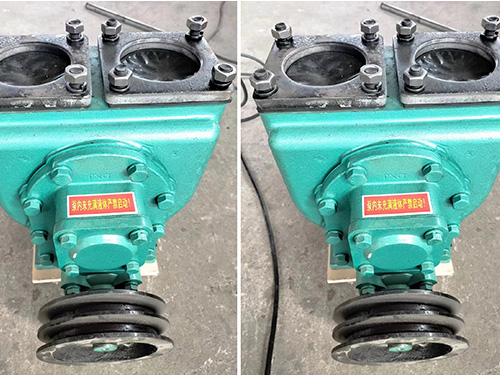
The YHCB high flow pump has the characteristics of large flow rate, high head, small settli...
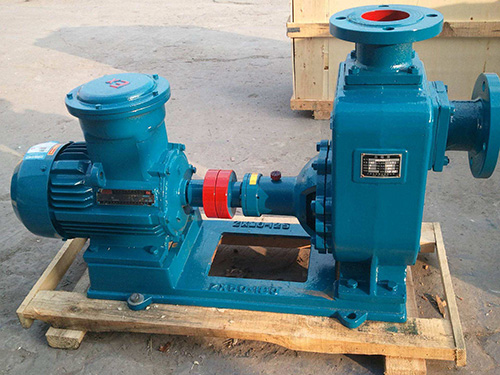
The CYZ centrifugal pump adopts an axial return liquid pump body structure, which is compos...
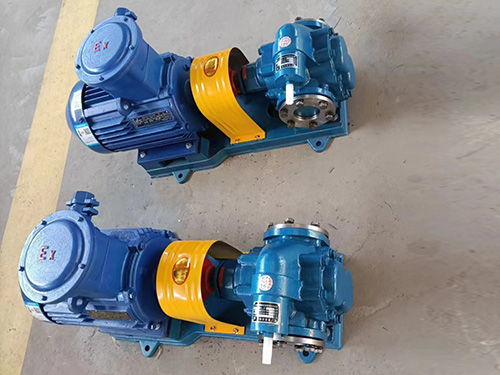
Copper gear pump (KCB type) is suitable for conveying lubricating oil or other liquids with...
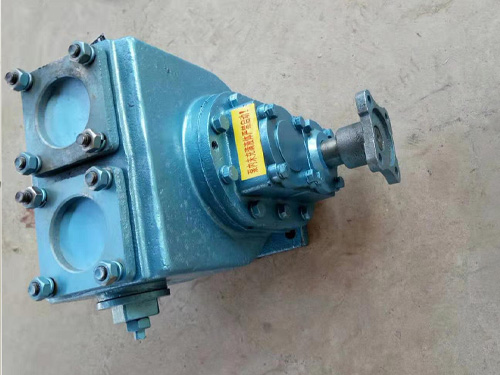
The car mounted circular arc gear pump can be installed on the car and driven by the output...

